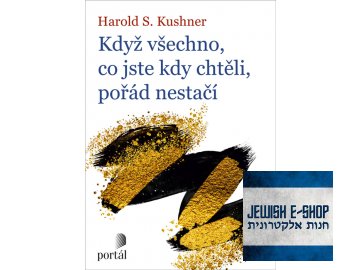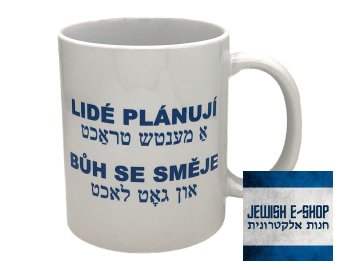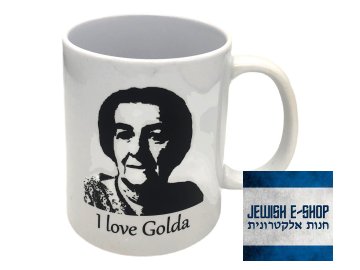Pražské Stolpersteine - Kameny zmizelých: Zapomínání navzdory
Code: 215244Related products
Product detailed description
What are Stolpersteine?
Stolpersteine is an art project created by German artist Gunter Demnig. It commemorates the victims of National Socialism between 1933 and 1945. These brass-capped blocks bear the name of the victim, their year of birth, date and place of deportation and fate. They are placed outside the person's last chosen place of residence.
Demnig installed the first Stolperstein in Kreuzburg, Berlin in 1996. Today, more than 80,000 are located in over 1,600 towns and cities in 26 countries, making it the largest decentralized monument in the world.
Prague’s first Stolperstein was installed on 8 October 2008. The city’s 400th was laid on 22 June 2021.
About me
My name is Trevor Sage. I was born in London and visited Prague for both business and pleasure many times over the years. During these visits, I fell in love with the beautiful city, and when I retired, I decided to move here.
I was introduced to Stolpersteine on a walking tour through Prague’s fascinating Jewish Quarter when a guide pointed out the small brass cobblestone-like monuments placed in the sidewalk. The guide explained that these were memorials to victims of the Nazi Regime, placed where the victims once lived. He said they were originally called in German ‘Stolpersteine, stumbling Stones; or in Czech ‘Kameny zmizelych’, ‘Stones of the Disappeared’. This translation seemed sadly accurate as many of the stones I saw were dirty, and it wasn't easy to read the names. In my mind, it appeared as if the names were disappearing for a second time. I felt an urge to clean the brass plaques, but I didn't feel it was my place as a foreigner in my adopted home.
Then, in July 2018, I read an article on the BBC about a gentleman in Salzburg, Gerhard Geier, who cleaned all the Stolpersteine in his city. Like me, Geier is not Jewish, nor was his family affected by the Holocaust. Gerhard's action gave me the inspiration and motivation to follow his example and clean the stones in Prague.
I found the location of 284 stones through research, which I then plotted on a map and set about cleaning each one.
So many people became interested in my project I set up the Facebook page Stolpersteine Prague so everyone could follow my progress.
I felt all the information I had gathered about the Stolpersteine: details about the victims and their deportation(s), photographs of the person, and many touching background stories should be brought together into one single publication. The result of my effort is the book:
‘Prague’s Stolpersteine – Stumbling Stones – Defiant in their Memory’.










